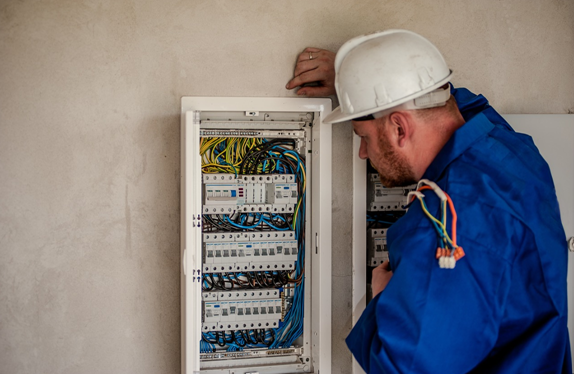Have you wondered how pools can keep its clear, sun-reflecting water without sand or murk lurking in it? It’s incredible how the soil around in-ground pools does not mix in. Thank heavens, there is a pool plastering!
Diving into the pool is so much fun when you can safely splash on the water. Pools are finished with protective layers. Aside from seeing lovely patterns and themes of pools, there is so much more to know about installing Las Vegas pool plastering.
Jump into this guide! See everything you need to know about finishing your swimming pool’s concrete floorings.
Pool Plastering Basics
Pool finishing creates a smooth, protective topcoat and outer layer of pools. Concrete pool coatings give a superb finish. It separates the clean and clear water from the rough sublayers of the concrete.
What is a plaster for pools?
Plaster is the coat that overlays on the concrete pool. In-ground pools cover the entire pool skin with this coating. As a result, a smooth, even coating protects the layer tightly. It helps in holding the water in, too.
The plaster mix consists of cement and aggregate. The aggregate has the usual components of limestone, marble dust, and quartz sand. To make the plaster durable in more extended periods underwater, the mix fortified by adding liquid acrylic concrete while mixing in it.
The Process: What Happens?
1-Preparation
There is preparation in everything. Before pool plastering, the in-ground pool concrete needs to be cleaned first. Old scales of coating must be removed. The surface needs some grinding and trowelling to ensure the surface coating will attach. It prevents the layer from the uneven surface.
Here, removal of old waterline tiles and acid-washing happens. This will assure that old stains and remnants of algae will totally scrape.
2- Sizing-up the Pool
Of course, this next step has something to do with accurately listing all the pool requirements. Its size, width, depth, and location are factors to see. Expert contractors have the precision and proficiency to do this.
3- Constructing, Plaster Installation
Thirdly, the main step- plastering. Are there types of plaster to be used? Not really. But, there are other pool finishings. Here are some samples, depending on the style and texture that will match the exterior and outdoor-scape.
- White Marble
- Quartz Aggregate
- Pebbles
- Plaster Coating
Here, let us talk more about plaster.
The pros of using plaster coating are, one, it’s less costly. Then, pools got the classy-chic look with this coating. It is widely used among residential pool owners for its accessibility and practicality.
The cons of plaster are that it continually needs maintenance. The number one cause of damage is algae build-up. But worry not, because a simple brushing regularly will suffice.
Pool Plaster Cleaning and Maintenance
To manage a pool’s plaster coat, you need to know about water chemistry. Don’t worry, this won’t drown you. When thinking of water chemistry, it refers to the acid or pH level of the water. Swimming pools have substances like chlorine, mix into it to retain its clean and clear appearance.
Depending on the high or low level, the pool concrete coating may develop discoloration or scaling if high in the alkaline level. Pitting may be caused by low pH acidity.
Simple regular maintenance can solve these issues. All you need is a brush. It often does the trick.
How much does it cost?
Considering the cost needs, you also consider factors such as the pool’s age, degree of repair, or if you need brand new plastering or replastering.
A pool plastering cost ranges from as low as 3.9$ to 8$ per square foot. Your location and suppliers will matter. A trusted local contractor can break down to you the factors that will influence the cost.
Hope this guide has helped you. Now you know the essential components you can then confidently communicate your pool requirements. Make sure to talk only to a trusted pool contractor in your town.
Image Source: Pexels.com @MarcTutorials








